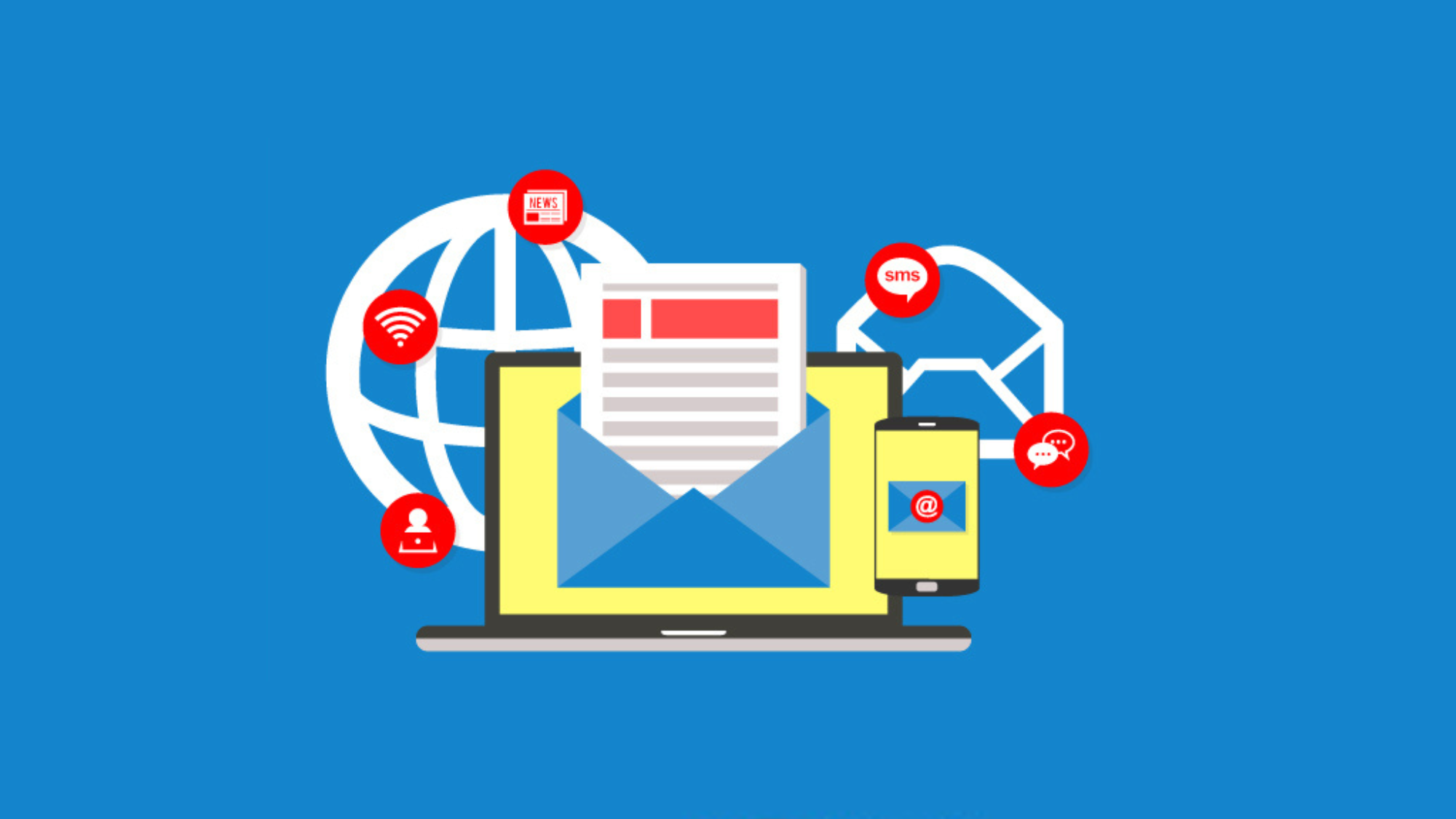Michelle Waitzman will be discussing more about using plain language principles to improve newsletters — as well as professional emails and presentations — in her webinar “Newsletters, Emails and Presentations: Improving the Tools of Business Communications” on October 29 at 1 pm ET.
Marketing experts have been telling business owners and solopreneurs for years that a newsletter mailing list is their most precious marketing tool.
So you start a newsletter. You try to sign up as many people as possible. You wait for those people to buy your product or become your clients. Mostly, they don’t. If your newsletter doesn’t inspire your readers to act, you’re just wasting your time and energy.
Statistics on how many people even open an email newsletter vary from around 30 to 35 per cent on average.
Here are five tips to increase the number of people who read your newsletter and find it useful, which makes them more likely choose your products or services over others’.
1. Make your subject line short, relevant and specific
You probably see emails in your inbox all the time with vague teaser subject lines like “Explosive savings ahead” or “This one trick will double your profits!” They have lots of emojis too, for added attention. I don’t know about you, but I send those emails straight to my trash folder.
Give people a good reason to open your newsletter by telling them what’s inside! Make your subject line specific to that issue of the newsletter (don’t just use the name of the newsletter). Tell them the theme you’re exploring in that issue or the subject of one of the articles.
2. Get to the good stuff right away
A long-winded introduction at the start of your newsletter ignores readers’ needs. If you have a lot of articles, start with a table of contents (linked to each article) to take readers straight to the content they most want to read. An opening blurb with one or two sentences about what you’ve been up to lately is a nice way to bond with readers, but anything longer makes your newsletter about you and not about what your readers want and need.
3. Design for skimming
When something lands in readers’ inboxes, they spend only a few seconds deciding whether it’s worth reading. That’s why newsletters need to be easy to skim. Readers will want to quickly see whether you’re talking about topics that interest them.
Some easy ways to do this include:
- using large, bold headings that describe the article
- having a predictable order for your articles so regular readers know what to expect
- leaving white space between each article
- using visuals (photos or graphics) that are directly relevant to the article
4. Keep newsletter articles short
A newsletter article should be a quick read, not an in-depth exploration of a topic. Try to keep it to three paragraphs at most. And by paragraph, I mean no more than four sentences. Nothing turns away online readers faster than a wall of text.
If you want to write something more detailed, consider making it a blog post or LinkedIn article. You can redirect readers to the long-form version with a link in your newsletter.
5. Use links
Give your readers the option to find out more about the topics of your articles. Embed links to your sources or list helpful resources on a particular topic. Newsletters can only cover a topic at surface level, so your readers will appreciate you making it easy for them to learn more. Before you include a link, have a good look at the website you’re pointing to and make sure you’re comfortable endorsing it. Your readers will assume you are presenting that source as trustworthy and credible.
Final thoughts
Newsletters are a valuable tool for building strong relationships between businesses and their potential and current clients. Whether you’re writing one for your own business or editing one for a client, these tips should help improve your results.
___
Previous post from Michelle Waitzman: Three Ways Long-term Clients Make Freelancing Less Stressful
The Editors’ Weekly is the official blog of Editors Canada. Contact us.
Discover more from The Editors' Weekly
Subscribe to get the latest posts sent to your email.
